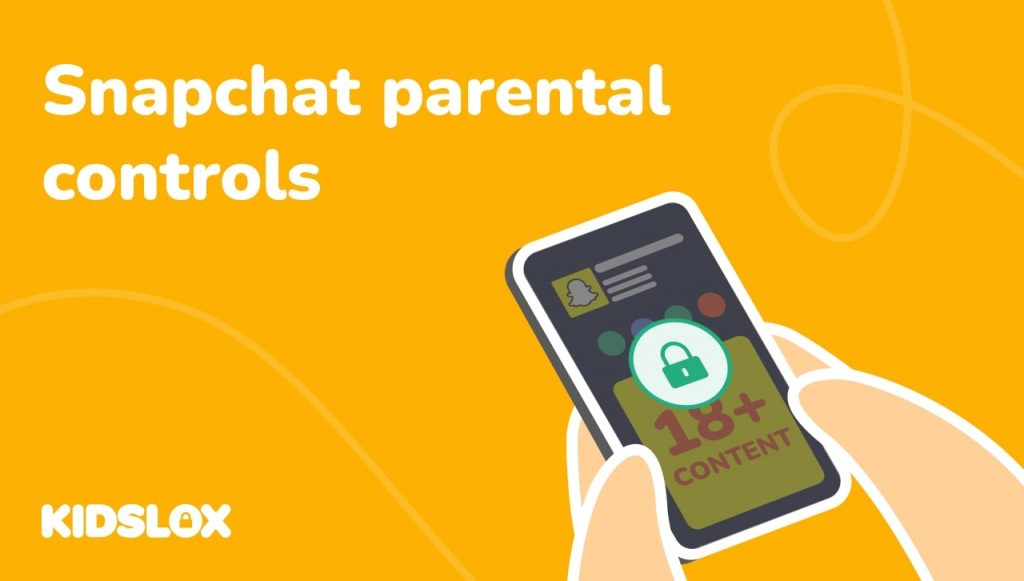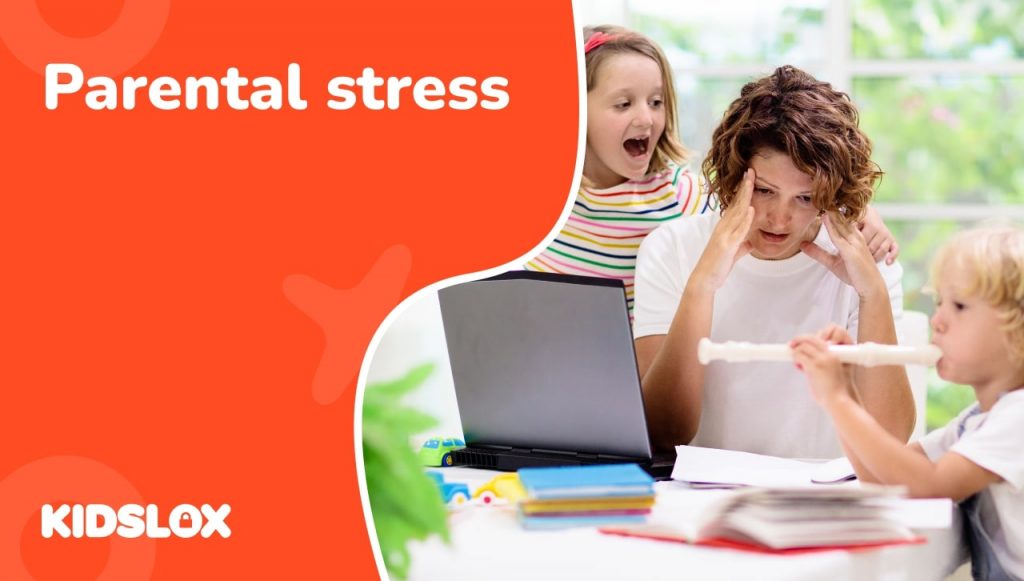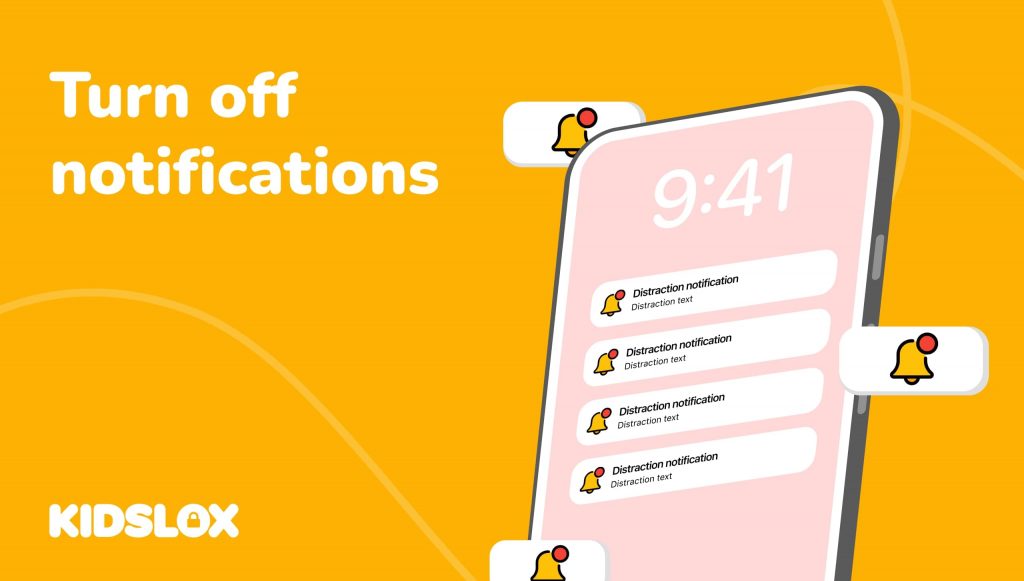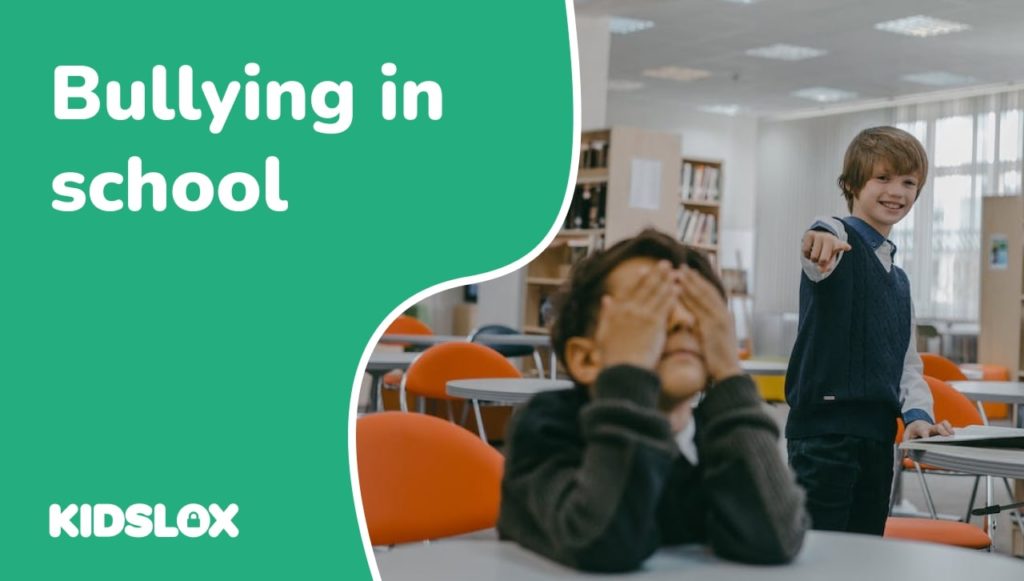Of the many social media platforms capitalizing on our attention, few have seen the meteoric success of Snapchat.
Though the application was initially released over a decade ago, the photo/video-sharing app continues to enjoy remarkable popularity, particularly among children and teens. In fact, the app now has an estimated half a billion monthly active users.
Even the slightest change in Snapchat’s stock price can make headlines – showing just how ingrained the application has become within the digital marketplace.
Part of the app’s success is its focus on community building. Aspects such as “streaks” with friends and incorporating AR lenses and other interactive elements allow users to engage with each other on a unique level.
However, it’s important to remember that our children’s safety should always come first. With this in mind, parents should take ample precautions when monitoring their child’s Snapchat activity – ensuring they are aware of potential risks or dangers associated with the app.
To help you get a better understanding of the risks of Snapchat – and the steps you can take to better protect your children online – let’s take a deep dive at Snapchat’s functionality and the controls you can put in place to keep kids safe.
What is Snapchat?
If you have a child or teenager, you’ve likely heard of Snapchat. But what is it, exactly?
Simply put, Snapchat is a photo and video-sharing app that allows users to send images and videos that disappear after a set amount of time.
That’s the interesting appeal of Snapchat. The images and videos you share on the app are only available for a limited time before they disappear forever.
Of course, there are ways to save Snapchat photos and videos before they disappear. But for the most part, the app is designed so that the content you share disappears after it’s been viewed.
Opinions range on why this is appealing. For some, it encourages users to be more present in the moment and less concerned about perfection.
For others, it’s a way to share content that they wouldn’t necessarily want to save forever.
Whatever the reason, the ephemeral nature of Snapchat is one of the things that has made it so popular.
How Does Snapchat Work?
Snapchat offers a few different ways to share content. The most common is to send a photo or video to a friend or group of friends.
Once you’ve taken a photo or video, you can add it to your “story,” which allows your friends (and anyone else who follows you) to view it an unlimited number of times for 24 hours.
You can also use Snapchat to send direct messages to friends. These messages work like any other messaging app and can include photos, videos, and text.
Finally, you can use Snapchat’s “lens” feature to add special effects to your photos and videos. Lenses range from simple filters (like adding sunglasses to a photo) to more interactive effects (like making it look like you’re a dog).
The Dangers of Snapchat
While Snapchat can be a fun and harmless way to stay in touch with friends, there are some dangers of Snapchat that parents should be aware of.
1. Sexting
Because Snapchat allows users to share photos and videos that disappear after a set amount of time, it’s often used for what is known as “sexting.”
Sexting is the sharing of sexual images or videos, usually between two people who are in a romantic or sexual relationship.
While sexting can be consensual, it can also be used to pressure or coerce someone into sending sexual content. And because Snapchat photos and videos disappear after they’ve been viewed, there’s a false sense of security that the content will never be seen again.
However, it’s important to remember that nothing on the internet is truly “disappearing.” There are ways to save Snapchat photos and videos, and once something is saved, it can be circulated without your consent.
This can be especially harmful if the images or videos are of a sexual nature.
2. Bullying
Because Snapchat is so popular with young people, it’s also become a common playground for bullies.
Cyberbullying is the use of technology to harass, threaten, or embarrass someone. And because Snapchat allows users to share photos and videos that disappear after a set amount of time, it’s often used as a tool for cyberbullying.
3. Engagement with Strangers
Another danger of Snapchat is that it’s easy to connect with strangers. Children and teens who use Snapchat can add anyone they want to their “friends” list, even if they don’t know them in real life.
This can lead to children and teens sharing photos and videos with strangers, which can be dangerous.
These risks, among other online dangers, are why it’s so important for parents to be aware of what their children are doing on Snapchat.
4. Location Tracking
Another potential danger of Snapchat for kids is that it can be used to track your location.
Snapchat has a feature called “Snap Map” that allows you to see the location of your friends on a map.
While this can be a fun way to see where your friends are and what they’re up to, it also has some privacy concerns.
For example, Snap Map allows anyone on your friends list to see your location. This can be a safety concern, especially for children and teens.
It’s also important to note that Snapchat isn’t the only app that can be used to track your location. Many popular apps, such as Facebook and Google Maps, also have location-sharing features.
Does Snapchat Offer Parental Controls?
While the app has had various updates and improvements over time, a recent update introduced a slew of new features aimed at helping parents manage their child’s Snapchat accounts.
The new parental control features allow parents to set up restrictions, view the content and messages they are receiving on their account, and even monitor their location. Let’s take a closer look at some of the main controls you can take advantage of:
Family Center:
In the most recent update to Snapchat’s parental control features, the company released Family Center – a dedicated platform offering transparent visibility into your child’s Snapchat activity. This is the main hub where parents and guardians can keep an eye on their child’s account and get a better view of what’s happening online:
- Friends List: See a complete list of your child’s friends and any new additions, prompting timely discussions about who they connect with online.
- Snap and Chat History: View the usernames of users your child has interacted with in the past seven days, empowering you to monitor potential concerns without compromising their privacy.
- Report Concerns: Easily and confidentially report any issues directly to Snapchat’s Trust and Safety team for prompt action – from abusive content and potential spam accounts contacting your child.
Content Controls:
While Family Center offers the most comprehensive set of features, you can dive even deeper into Snapchat’s parental controls to restrict specific content and access across your child’s account:
- Restricted Contacts: Choose specific individuals your child cannot interact with, preventing unwanted contact and potential cyberbullying.
- Safe Search: Filter explicit search results, ensuring your child encounters age-appropriate content.
- Third-Party Lens Restrictions: Limit access to lenses created by third-party developers, offering greater control over the augmented reality experiences your child engages with.
Enhanced Reporting Tools:
If you want to stay ahead of any potential online safety issues, enhanced reporting tools give you detailed feedback on the actions your child is taking and any content they may be exposed to. Snapchat’s reports include:
- Report Specific Snaps and Chats: Directly report individual snaps and chats that raise concerns, providing context and specific details for faster resolution.
- Report by User: Report an entire user’s activity if their behavior is consistently problematic.
- Report from Family Center: Easily report concerns directly within the Family Center interface for seamless issue reporting.
Snapchat Educational Resources:
Snapchat recognizes the importance of education alongside parental controls. They offer a range of resources to equip parents with the knowledge and tools to navigate the digital world alongside their children:
- Parent Guide: A comprehensive guide explaining Snapchat features, safety tools, and tips for starting conversations about online safety.
- Teen Safety Center: A dedicated resource for teens covering topics like cyberbullying, privacy, and online safety tips.
- Family Conversation Starters: Prompts and discussion points to help families openly discuss online safety concerns and expectations.
These new parental control features are another way that Snapchat is working to provide a greater sense of safety and control to parents and teens alike. With these new features, parents can now monitor their children’s Snapchat activity and have peace of mind that they are using the app safely.
However, these features are just those – features. In many cases, savvy kids and teens can find ways to circumvent parental control features. This is why it’s important to have meaningful conversations with your kids about expectations and online safety and work to create an environment of mutual trust and understanding.
Tips for Helping Your Child Stay Safe on Snapchat
In addition to using the Snapchat parental controls, there are some other things you can do to help your child stay safe while using the app.
1. Talk to Your Child About Cyberbullying
The first step is to talk to your child about cyberbullying and its consequences.
Make sure they know that cyberbullying is not acceptable and that they can come to you if they ever experience it.
2. Monitor Your Child’s Activity
It’s also important to monitor your child’s activity on Snapchat.
Check their “Friends” list to make sure they’re only connected with people they know in real life.
You should also regularly check their “Stories” to see what they’re sharing with their friends.
3. Set Ground Rules
Finally, it’s important to set ground rules for your child’s use of Snapchat.
For example, you might want to limit the amount of time they can spend on the app or restrict who they can add to their friends list. Not only can you prevent unexpected interactions, but you can help prevent addictive behavior and internet addiction as well.
Keep Kids Safe on Snapchat with Kidslox
While Snapchat shows no signs of slowing down in popularity, ensuring your child’s online safety remains crucial. With a combined focus on both the controls available and wise use of Snapchat, you can ensure your child remains safe on the app.
To help ensure this safety, consider using a parental control app like Kidslox to keep track of and block inappropriate content and enforce time limits.
Beyond Snapchat’s built-in controls, Kidslox offers comprehensive parental control across all your family’s devices and applications – ensuring that your kids can use Snapchat safely. With Kidslox, parents can monitor their children’s activity on Snapchat to ensure they’re using the app in a safe and appropriate way.
- Complete App Control: Block Snapchat entirely if you deem it unsuitable for your child – ensuring you protect them from dangerous or fraudulent content and interactions.
- Limited or Scheduled Access: Set time limits or schedules for Snapchat use – and help to create a more balanced lifestyle or routine for your child.
- Telescope Feature: Want a contextualized view of what your child is doing on Snapchat? With Kidslox’s Telescope feature, you can easily receive screenshots of your child’s screen activity on Snapchat, giving you a better understanding of how they’re using the app.
A single Kidslox account allows you to monitor your child’s activity online and prevent them from accessing inappropriate content.
You can also use the app to set ground rules for your child’s internet usage, such as limiting the amount of time they can spend online or blocking specific apps and websites.
Kidslox allows you to have complete control over your child’s internet usage, giving you peace of mind while they’re using Snapchat and other apps.
To learn more, visit Kidslox online to discover how our parental control app can help you keep your kids safe online. When you have control over what your kids can see and do online, you can relax and enjoy peace of mind.





